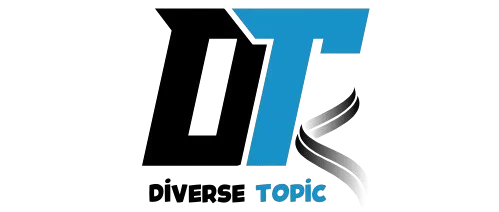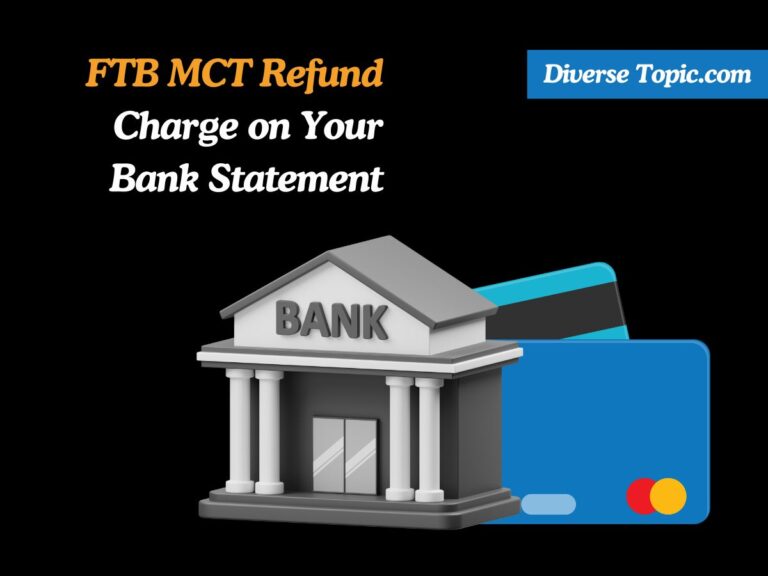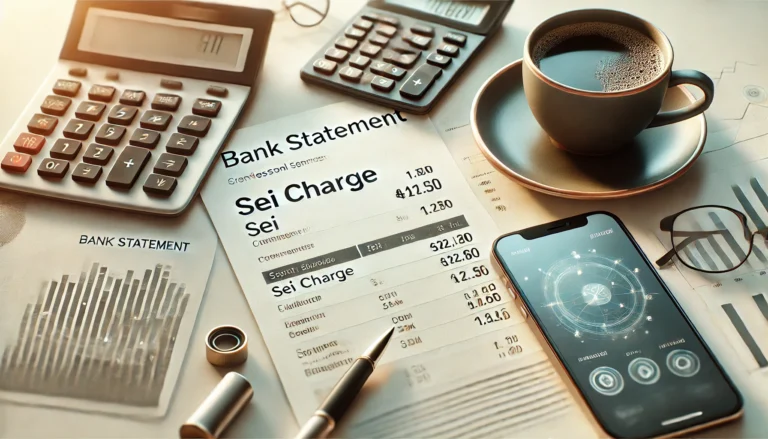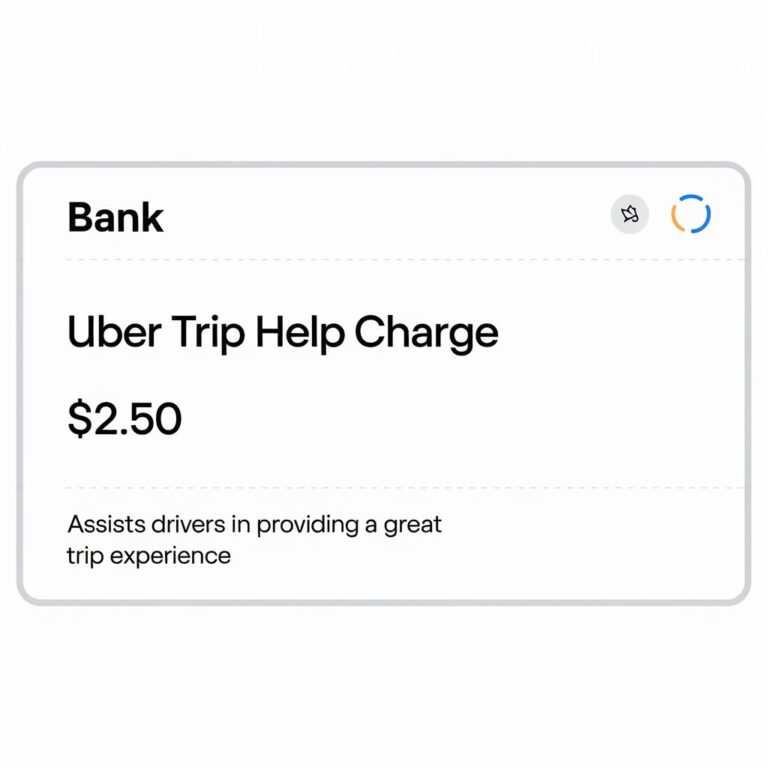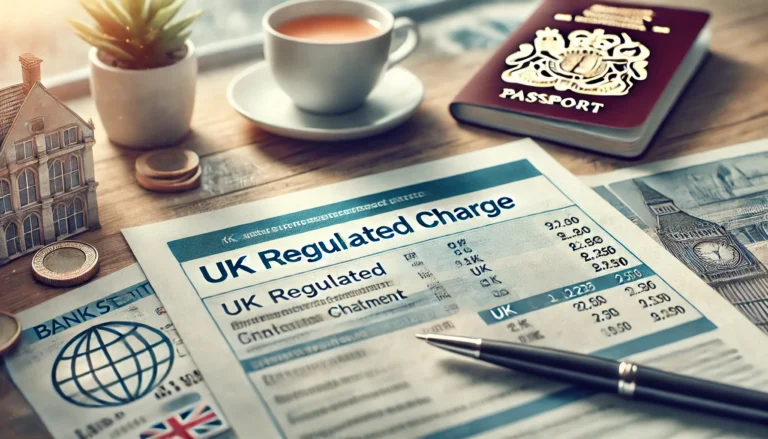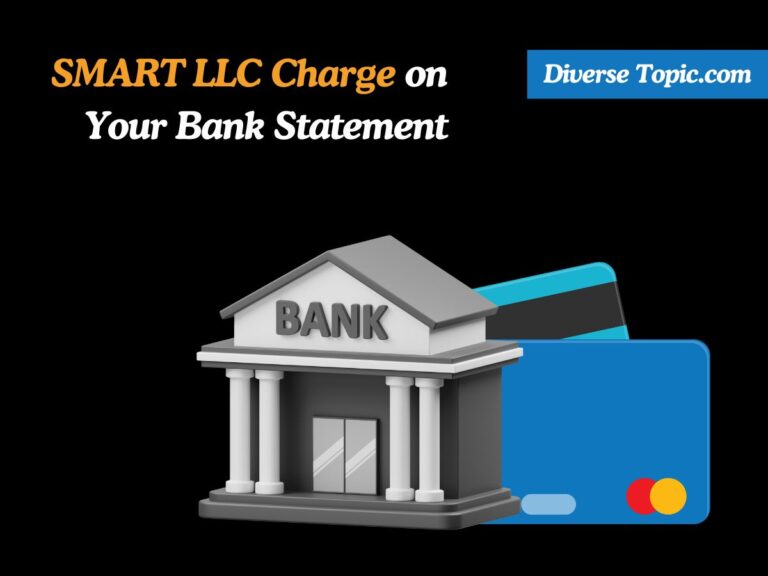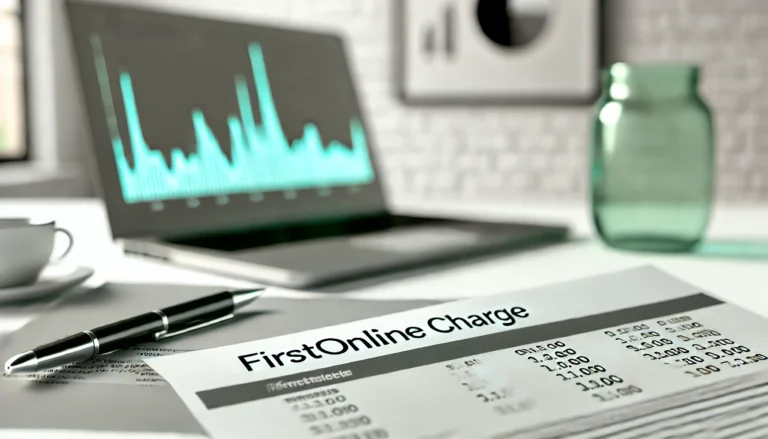What Is the V12 Retail Finance Charge on Your Bank Statement?
You’re not the only one who has seen a charge on your bank account with the title “V12 Retail Finance Charge” and is unclear of its source. This tutorial will offer a thorough explanation of the charge, including what it means, why it happens, how to recognize it, and how to handle or prevent charges of that nature in the future.
Understanding the V12 Retail Finance Bank Charge
Customers may finance purchases from a variety of stores with the help of V12 Retail Finance, a financial services company. It usually indicates that you have a financing arrangement with a store that uses V12’s services when you notice a charge from V12 Retail Finance on your bank account. This financing option is intended to help you better manage your budget by allowing you to spread the expense of a major purchase over time.
Retail point-of-sale financing is provided by Secure Trust Bank PLC, a UK-based financial institution, under the trade name V12 Retail Finance. It’s possible that “Secure Trust Bank PLC” appeared on your bank statement rather than V12 Retail Finance if you signed such an arrangement prior to August 2. Following this date, payments for the funded product or service shall be indicated by the notation “V12 Retail Finance.”
Also Read UK Regulated Charge on Your Bank Statement.
How Does V12 Retail Finance Work?
V12 Retail Finance offers clients multiple payment options by partnering with shops. You could be presented with a financing plan through V12 while making a purchase, especially for higher-value products like electronics, furniture, or sporting goods. This enables you to pay for the item over a predetermined length of time in monthly payments.
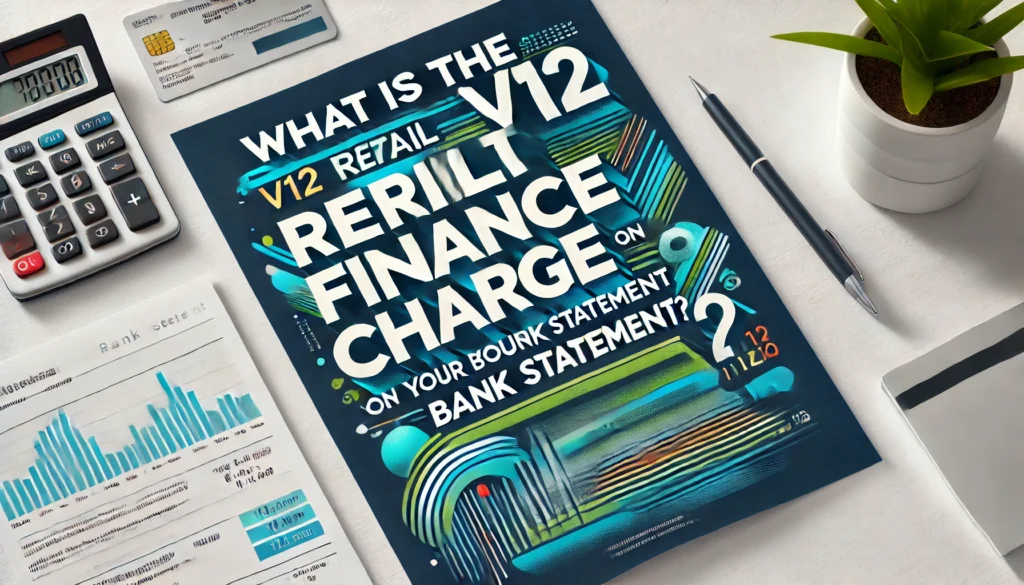
The amount that appears as a charge on your bank statement is the installment payment towards the entire purchase price, which may or may not include interest or other fees, depending on the details of your arrangement.
How Does the V12 Retail Finance Charge Appear?
The V12 Retail Finance charge may appear on your bank statement in various forms, depending on the retailer and the payment processing system used. Below are some examples of how the charge might be labeled:
- V12 Retail Finance
- V12 Retail
- V12 Retail Bank
- Secure Trust Bank PLC
- Secure Trust Bank
- STB PLC
- STB V12 Retail
- V12 Retail Financing
- Financing by V12 Retail Finance
- V12 Finance
It’s important to thoroughly review your bank statement for any items that mention V12 Retail Finance or Secure Trust Bank PLC because the labeling might differ. You may confirm the precise transaction pertaining to your financed purchase with V12 by recognizing these labels.
Must Read What Is the Streamotion Charge.
Why Did the V12 Retail Finance Charge Appear?
When you make a payment towards a financed purchase, V12 Retail Finance will display as a charge on your bank account. If you bought something from a shop, you may have set up an installment plan that includes this payment. Reasons the charge might appear include:
- Monthly Installment: Part of an ongoing payment plan to cover the cost of your purchase.
- Final Payment: The last payment toward clearing your financed balance.
- Missed Payment Fees: If you missed a payment, additional charges or fees may appear.
If you don’t notice the charge right away, go back to any recent big purchases you made where you chose to finance them. Examine your email and any supporting materials you received from V12 Retail Finance or the shop, as these will detail your payment schedule.
Identifying V12 Retail Finance Charges on Your Bank Statement
To identify V12 Retail Finance charges on your bank statement, look for entries labeled either “V12 Retail Finance” or “Secure Trust Bank PLC” (for agreements made before the name change). Key components to review include:
- Transaction Label: The charge will appear as either “V12 Retail Finance” or “Secure Trust Bank PLC.”
- Date: Ensure the transaction date aligns with your payment schedule or the date of purchase.
- Transaction Amount: Verify that the charged amount matches your agreed monthly installment as outlined in your financing agreement.
- Retailer Name: Some entries may also include the name of the retailer where the financed product or service was purchased.
By cross-referencing these details with your financing agreement or payment plan, you can confirm whether the charge is accurate and legitimate.
What to Do If You Don’t Recognize V12 Retail Finance Charge?
If you don’t recognize the V12 Retail Finance charge or you believe it was made in error, take the following steps:
Check Purchase History: Review any recent purchases to verify if you used V12 Retail Finance as a payment option.
Contact the Retailer: If you still don’t recognize the charge, contact the retailer where the purchase was made to inquire about the financing.
Reach Out to V12 Retail Finance: Contact their customer service to clarify any charges on your account and verify if the charge belongs to you.
Dispute the Charge: If you suspect fraud or unauthorized activity, immediately contact your bank to dispute the charge and take steps to protect your account.
How to Prevent Unrecognized V12 Retail Finance Charges?
Even though the V12 Retail Finance fee usually indicates a valid transaction, it’s crucial to often check your bank records to be sure all of the costs are what you intended. Here are some tips for preventing future confusion:
Keep Documentation: Keep records of all agreements you have with V12 Retail Finance, including the loan amount, interest rates, and schedule of payments.
Set Payment Reminders: Make sure to schedule reminders for every installment’s due date to prevent missing payments and additional penalties.
Monitor Statements: Check your bank statements frequently to make sure the charges correspond with your financing arrangement. For further information if you see any disparities, get in touch with V12 Retail Finance or your bank.
Review Terms and Conditions: Before entering into any financing agreement, ensure you fully understand the terms, including interest rates, payment periods, and any associated fees for missed or late payments.
Conclusion:
Your bank statement’s V12 Retail Finance fee is usually associated with a financing arrangement for a good or service that you bought from a merchant. V12 makes it easier for you to handle bigger purchases by allowing you to stretch out the cost of your purchase over time.
Nonetheless, it’s critical to comprehend your financing contract and to often check the correctness of your bank statements. Do not hesitate to contact your bank or V12 Retail Finance with any questions you may have regarding the fee.
